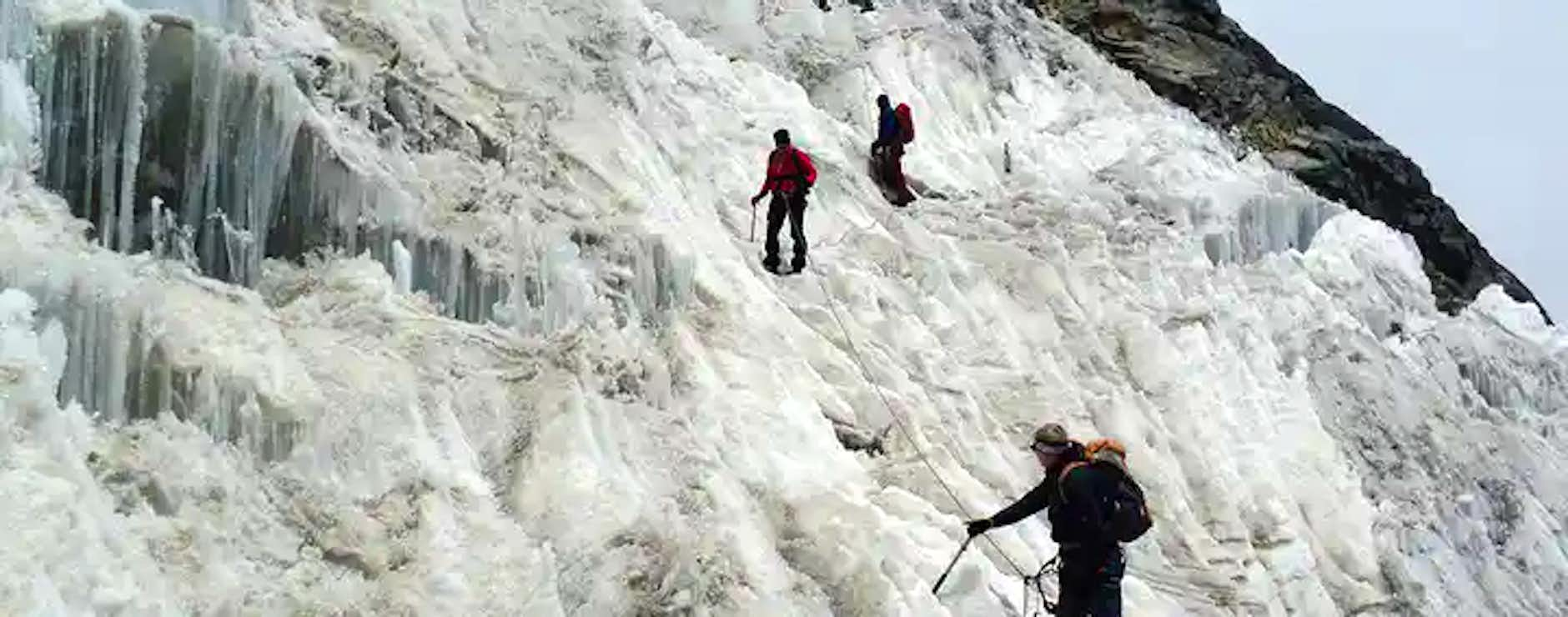A Historic Adventure
The early morning is dark and bitterly cold. A bulky tripod is wedged into almost three feet of snow. A chill wind blows across the Rwenzori Mountains, biting into his thin jacket. But Vittorio Sella is undaunted. This is what he does. He mounts a heavy camera of his own design on the tripod and begins to slowly pan it across the snow-capped peaks of the Rwenzoris. Sella carefully frames his photograph, inserts the film plate and waits for the crack of daylight over the peaks. Before long, as the first light extends over the landscape, Sella gently presses the shutter to capture one of the best views of one of the most beautiful mountain ranges in the world.
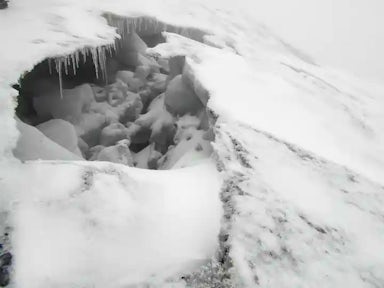
It was Sella who first recorded this landscape of the Rwenzoris back in 1906. He documented the plants and people of the Rwenzori in attentive detail. Looking back through his work, it is both interesting and saddening to note how far the glaciers of the Rwenzori have receded since these photographs were taken over a century ago.
Richard Taylor, a geology professor at University College London guesses that ‘‘by 2030, there won’t be any ice left on the mountain...really, you’re looking at a last chance to see them.’’ At the start of the 20th century, the glaciers had a combined surface area of roughly 2.7 square miles - now they cover roughly 0.2 square miles. Taylor estimates that the glaciers are receding by about 0.2 square miles per decade.
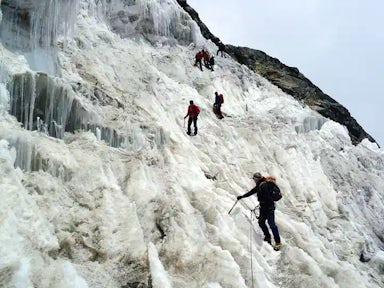
Inspired by Vittorio Sella’s images, Klaus Thymann led an expedition in 2012 to the Rwenzori Mountains in order to further document the recession of the glaciers. The changes then had been startling but not surprising due to the escalating climate crisis. But still, the glacial ice persisted and was still very present on the peaks of the Rwenzoris.
However, in an identical expedition eight years later, Thymann photographed the Rwenzori Mountains once more. Now, few still had glaciers at all.
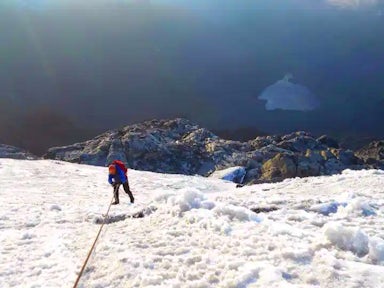
Mount Speke, whose ice-capped peak once melted into the clouds now stood bare and black against the sky. The West Stanley Glacier that once looked like a smooth spill of silver down the face of the mountain in Vittorio Sella’s images had melted into the rock completely, revealing jagged and harsh stone previously unseen by explorers. The glacial ice of Mount Stanley itself has seen a vertical melt of 60 metres in the years between 2012 and 2020; it now looks like a completely different landscape to the one Sella preserved in sepia during the early 1900’s.
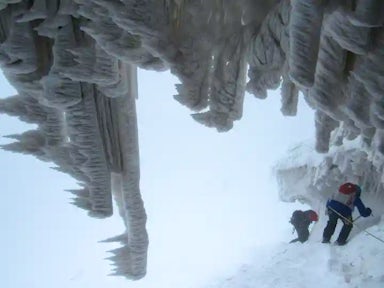
If he were able to see them, would Sella even recognise these photographs as the Rwenzoris anymore? It would most likely take him a moment - now that most of the ice is gone and the mountains are carved into darker lines on the horizon, and the distinct glaciers are no more.
It then begs the question: what does the future hold for the glaciers of the Rwenzori Mountains?
The answer as of right now, is bleak. Richard Taylor says that "this is a last chance to see them. In years to come, the ice up there will be a fairy tale,’’ that the photographs taken by Sella and Thymann will be ‘‘the evidence of what was there, the proof.’’

Ready to plan your African adventure?
Listen
We'll spend some time listening to your aspirations, then discuss the kind of experience that might suit you.
Match
Next we'll discuss the options, shortlist the best trips for you and present you our impartial recommendations.
Reserve
We'll place a 24 hour hold on your preferred option - without obligation - whilst we talk through the details.
Whatever your budget, group size, length of stay, preferred activity or appetite for adventure, we can help.

